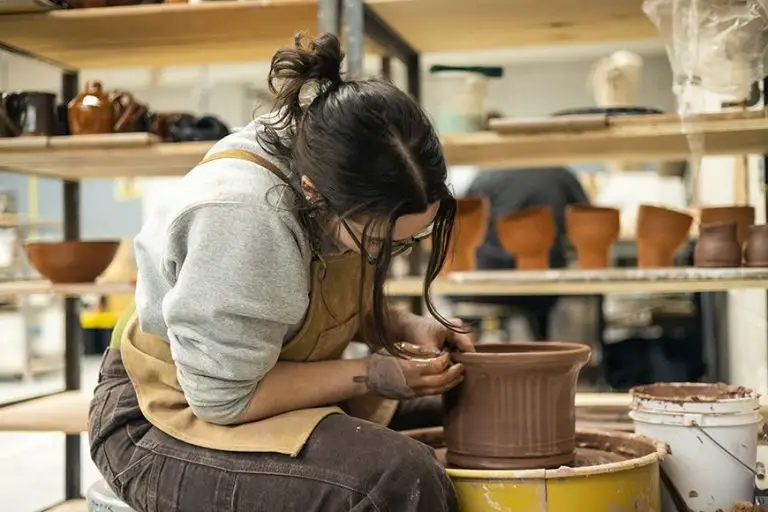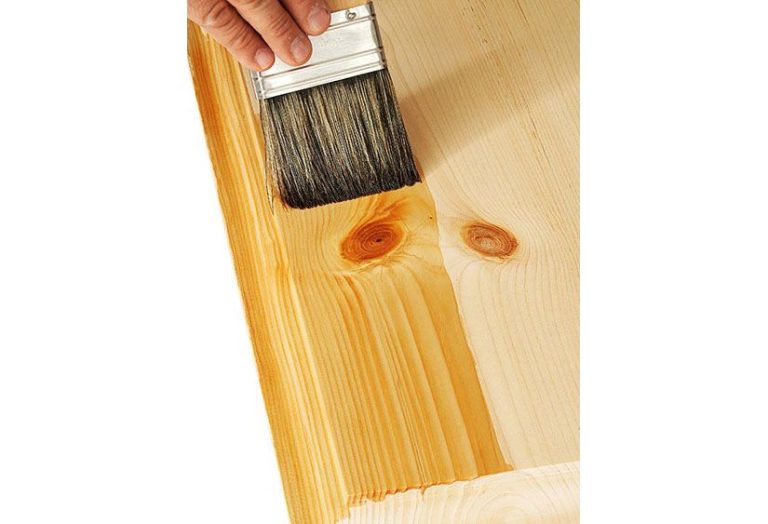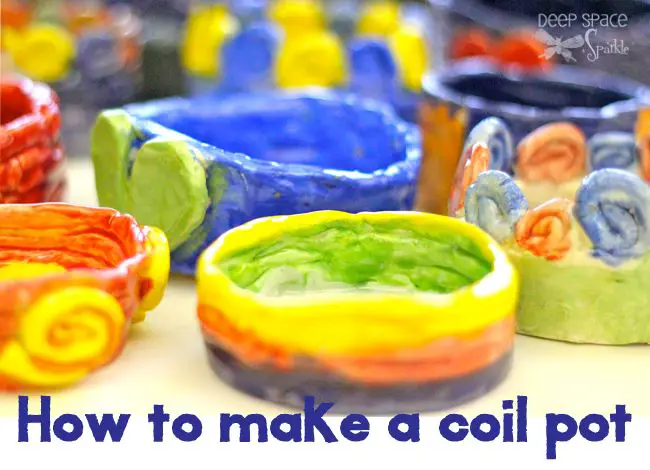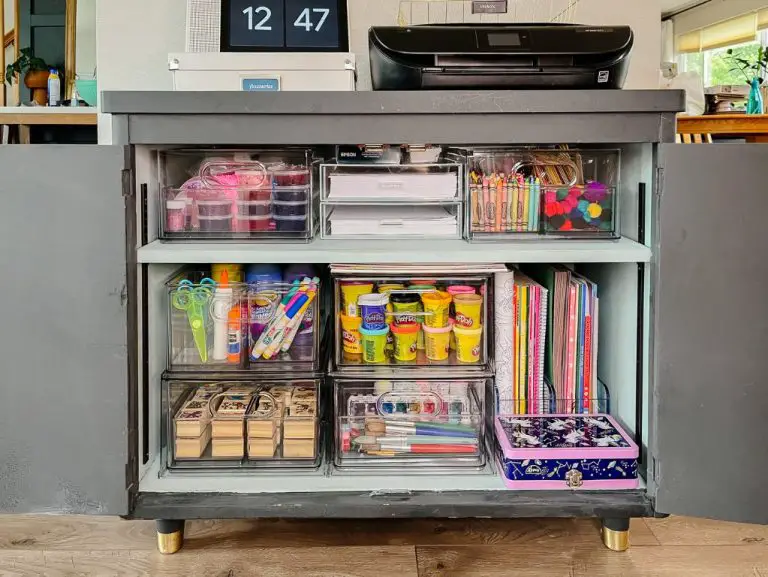Can You Play Pickleball With Wooden Paddles?
Pickleball is a popular paddle sport that was invented in 1965 by three dads – Joel Pritchard, Bill Bell, and Barney McCallum on Bainbridge Island, Washington (source: https://www.playpickleball.com/the-history-of-pickleball/). They improvised equipment using whatever they had available – paddles were made from plywood and a perforated plastic ball used for wiffle ball.
Originally, wooden paddles were the only option. But over time, innovations in materials and manufacturing made composite paddles possible. As pickleball grew into an organized sport in the 1970s and 80s, the equipment evolved. Composite paddles offered better control and more power (source: https://chester.works/blogs/news/the-evolution-of-pickleball-paddles-a-historical-perspective). While composites now dominate competitive play, wooden paddles are still used recreationally and appreciated for their classic, traditional feel.
Wooden Paddles in Pickleball
When pickleball was first invented in 1965, the original paddles were made from plywood (Pickleball Central). This was simply because plywood was a readily available and inexpensive material at the time. The game was created by some dads in Washington who used leftover scraps of plywood from their homes to fashion together simple paddles to play with their families.
While composite and graphite paddles have become more popular over the years, wooden paddles are still commonly used today. Many pickleball players prefer the feel, control, and tradition of a wooden paddle. Major brands like Selkirk and Gamma still produce high-quality wooden paddles for competitive and recreational play (Amazon). Some pros and avid players choose wood over composite materials, especially for indoor pickleball where control is paramount.
Advantages of Wooden Paddles
Wooden pickleball paddles provide some unique advantages that many players find appealing. The main benefits have to do with the natural texture and grip of the wood, as well as the control and feel many players associate with traditional wooden paddles.
The texture of wood provides more friction and grip compared to composite materials like polymer or carbon fiber. The grain of the wood gives the paddle face some “bite” to really grab and control the pickleball. This allows for excellent control and finesse shots like dinks and drop shots. The grip is also useful for quick volleys at the net.
In addition, many players simply prefer the traditional feel of wooden paddles, which were used when pickleball originated in the 1960s. The nostalgia factor shouldn’t be underestimated – some players have used wooden paddles for decades and don’t want to switch. They are accustomed to the solid, yet comfortable feel of wood and prefer it for playability and performance.
For these reasons, wooden paddles continue to have a loyal following in the pickleball community. While advanced composite materials now dominate competitive play, wood retains advantages in grip, control, tradition, and feel that keep it popular with recreational players.
Source: https://pickleballobby.com/are-wooden-pickleball-paddles-good/
Disadvantages of Wooden Paddles
While wooden paddles have their advantages, they also come with some drawbacks compared to other paddle materials like composite and graphite. The main disadvantages of wooden paddles are:
Durability – Wooden paddles can crack, chip, and break more easily than other materials, especially composite paddles which are designed to be very durable. The wood face and edge guard can wear down over time with heavy use. According to PickleballYard.com, wooden paddles are “the least durable” paddle material.
Weather Sensitivity – Wood paddles can warp or crack when exposed to extreme weather and humidity changes. The wood expands and contracts, which can alter the shape and performance of the paddle over time.
Power – Wooden paddles often lack the same sheer power and pop that composite materials can provide. According to PickleballYard.com, wooden paddles are “the heaviest” which can slow down shots.
Composite vs Wood Paddles
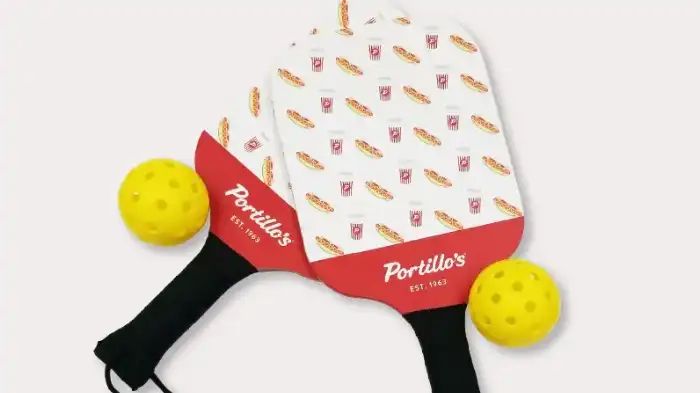
Composite paddles are made from a combination of materials like graphite, fiberglass, carbon fiber, and Kevlar bonded together with resins. This allows manufacturers to optimize different properties. Graphite offers more touch and control while fiberglass provides power and stiffness. The layers can be arranged to achieve the desired flex and performance (PaddleTek).
Wooden paddles are a single solid piece of wood, usually poplar, birch, or maple. The wood grain provides some texture but overall wooden paddles offer a classic, smooth feel. However, wood is less forgiving than composite materials. Shots at the edge of the paddle sweet spot will be more jarring with wood (Pickleball Paddles).
Composites tend to offer more power and a larger sweet spot versus wood. Their construction also lends to more flexibility to match different playing styles. Wooden paddles provide a pure, organic feel but need more precision. Composite materials have surpassed wood for performance but some players still prefer the classic feel of wood.
Paddle Regulations
There are specific regulations for pickleball paddles set by the USA Pickleball Association (USAPA) and the International Federation of Pickleball (IFP) that paddles must follow in sanctioned tournaments. According to the USAPA, regulation paddles must adhere to the following:
- The paddle must be made of materials approved by the USAPA, such as wood, graphite, fiberglass, or composite.
- The paddle cannot exceed 24 inches in length and 8 1⁄4 inches in width (61⁄4 inches in diameter).
- The paddle cannot weigh more than 6 ounces.
- The paddle surface cannot contain holes, indentations, rough texturing, tape, or any objects or features that allow a player to impart additional spin on the ball.
Wooden paddles do meet the USAPA regulations for approved materials and dimensions. Many top wooden paddle brands like Niupipo, Pickle-Ball, and Amazin’ Aces create regulation-sized wooden paddles within the proper weight and size limits. So wooden paddles are permitted in sanctioned pickleball tournaments as long as they adhere to the official regulations.
Pros Using Wooden Paddles
Professional pickleball players started out using wooden paddles exclusively when the sport first emerged in the 1960s. However, the popularity of composite paddles with polymer cores and textured paddle faces grew quickly for their improved power and control. Despite this, there are still a handful of pro players who prefer the feel and touch provided by a classic wooden paddle:
– Irina Tereschenko started playing pickleball just 4 years ago after a successful pro tennis career. She immediately took to her Selkirk Maplewood paddle and has won several pro tournaments using her trusted wood paddle. Tereschenko loves the soft touch and how the paddle improves her finesse game.
– Dave Weinbach is a pickleball teaching pro and avid wooden paddle user. He believes the feedback and feel from an all-wood paddle improves his touch shots and dink game. Weinbach uses paddles from Niupipo and PalPaddleCo in tournaments.
– Simone Jardim is a legendary pickleball player with over 80 gold medals. She recently revived her grand slam-winning Selkirk wooden paddle from the 1980s, demonstrating wood paddles can still compete and win at the highest levels. Jardim praises the control she gets from her wood paddle’s surface texture.
While most pros use composite or graphite paddles today, a few maintain devotion to classic wood. These players emphasize the touch and control gained from the softer surface and feel of wood. For pickleball players who rely on finesse, wooden paddles remain a compelling choice.
Best Wooden Paddles
When looking for a high quality wooden paddle, there are a few top picks to consider:
The Amazin’ Aces Wood Pickleball Paddle is made from 7-ply maple wood and weighs between 9.8-10.5 oz. It provides good power and control thanks to its mid-weight design.
The Champion Sports Rhino Edge is another excellent 7-ply wooden paddle weighing under 10.5 oz. It has a textured hitting surface for added spin and control.
For a budget-friendly option, the Rally Tyro 2.0 is an affordable and durable choice made from 7-ply birch wood. It provides decent power and maneuverability.
Advanced players looking for more touch on shots may prefer the Selkirk Sport Palisades which is lightweight at 7.8-8.2 oz. The thinner design allows for increased ball sensitivity.
Those wanting a paddle with some flair can check out the Eyeball paddles which have laser engraved graphics on the wood face. They offer good control and a unique look.
No matter your playing style, there is a quality wooden pickleball paddle option to fit your needs and budget.
Conclusion
In summary, both wooden and composite paddles have their advantages and disadvantages in pickleball. Wooden paddles provide a classic, familiar feel and touch, while composites often have more power and control. However, wooden paddles can crack over time and lose their pop, while composites are more durable overall.
For most recreational and amateur players, composite paddles are likely the better choice. They allow for more spin and precision, and stand up well to regular use. Wooden paddles require more skill and finesse to use effectively. They can be a good option for advanced players looking to hone their touch and control.
For beginners or casual players, it’s hard to go wrong with a good composite paddle. They provide versatility and durability. As your game improves, it may be worth experimenting with a wooden paddle to develop your skills. Just be prepared for the additional care and maintenance required. Ultimately, choose the paddle type that feels best for your playing style and goals.
References
[1] USA Pickleball Association. “Paddle Guide.” Accessed January 11, 2023. https://www.usapa.org/paddle-guide/.
[2] Selk, Nick. “More Than a Basement Hobby, Pickleball Has Gone Pro.” The Washington Post, August 27, 2022. https://www.washingtonpost.com/sports/2022/08/27/pickleball-major-league-pro-tours/.
[3] Torres, Joseph. “The Best Pickleball Paddles of 2023.” Sports Illustrated, January 3, 2023. https://www.si.com/pickleball/best-pickleball-paddles.
[4] McCall, Tyler. “Pickleball Paddle Materials: Graphite vs Composite vs Wood.” Pickleball Fire, May 5, 2022. https://pickleballfire.com/pickleball-paddle-materials/.
[5] Hem, Brad. “Can You Use a Wooden Paddle in Pickleball?” Pickleball ELI5, September 12, 2022. https://www.pickleballelify.com/can-you-use-a-wooden-paddle-in-pickleball/.


